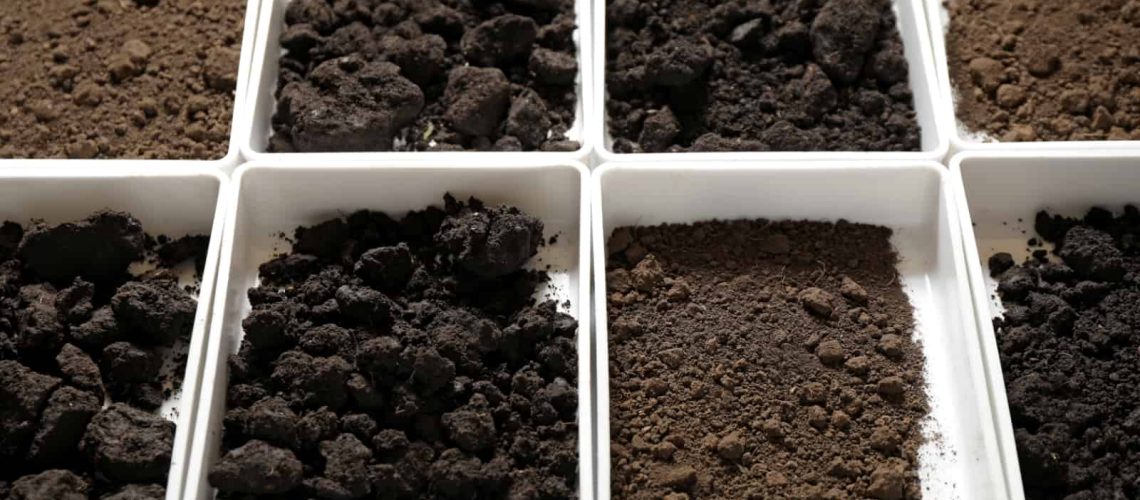Though many people who are considering a move to Florida don’t think about the type of soil found in the area they’re moving to, soil type can be surprisingly important. For example, there are soil types upon which it’s impossible to build a house and others in which a homeowner can’t build an inground pool. Other types of soil can be the difference between a lush tropical garden and one that doesn’t seem to thrive at all.
Types of Soil
There are three major categories of soil, though as will be seen, these categories can have many sub-varieties. They are:
Clay
Clay soils are made up of tiny particles packed in so closely that they hold on to moisture even when the weather is hot. These particles are less than 0.002 millimeters in diameter and can’t be seen individually. This soil tends not to drain well and is sticky. When it does dry out, it tends to crack, like modeling clay cracks when it dries. Clay soil is nutrient-rich but so thick that the nutrients may have a hard time getting into plants.
Sand
Sandy soil is the opposite of clay soil. It is made of much larger particles that range in size from .005 mm to 2.0 mm in diameter, and the gardener can see them with their naked eye. The size of the particles allows sandy soil to drain and warm up quickly. The problem with sandy soil is that it may drain too quickly, and the moisture it holds can take away any nutrients it has.
Silt
Silt is a mix of clay and sand. Particles range between 0.002 and 0.05 mm. Silt is sometimes mistaken for loam. However, if there is too much clay in this type of soil, it will drain poorly. Silt isn’t very widespread in Florida and is found mostly in the southern part of the peninsula.
Loam
Gardeners believe that loamy soil is the best type of soil. It drains at the right rate and is nutrient-rich. According to the USDA, loam is less than 52 percent sand, 28 to 50 percent silt, and 7 to 27 percent clay. This makes the texture of loam both gritty and sticky but smooth when it’s rubbed between the fingers.
Peat
Peat is made up of partially decomposed vegetable matter and is considered a type of soil. It is found largely in the Everglades and other boggy places. It is acidic, has lots of nutrients but holds on to so much water that most plants don’t grow well in it.
Florida Soil
Not surprisingly, most Florida soil is made up of a good percentage of sand. So the most common kinds of soil found in the state are:
- Fine sand
- Sand
- Loamy fine sand
- Loamy sand
- Fine sandy loam
- Sandy Loam
- Sandy clay loam
- Sandy clay
Soil Orders
Besides the descriptions stated above, there are soil orders that are common in Florida. They are:
Histosols
These are wet, organic soils.
Entisols
These are poor or sandy soils, though not spodosols.
Spodosols
These are sandy soils with a layer of organic acid beneath them that’s known as a spodic horizon. This horizon can be dense and hard, but not always.
Mollisols
Mollisols are alkaline, which means they have a pH above 7.0. They are wet, thick, and black on the surface.
Inceptisols
These are basically all other soils that don’t fit into the above orders, such as acidic Mollisols.
Alfisols and Ultisols
These types of soils have subsoils that are mostly loam or clay. Alfisol subsoils are alkaline, and Ultisol subsoils are mostly acidic, which means their pH is less than 7.0.
These soils can be broken down into even more subtypes.

